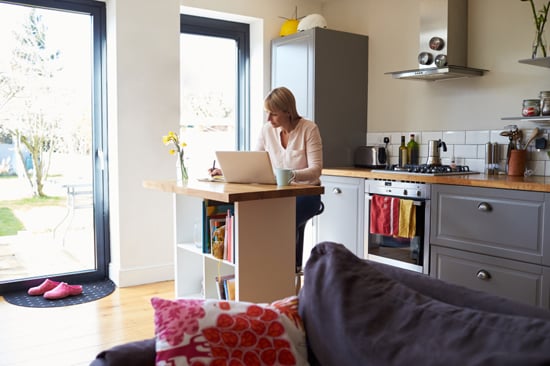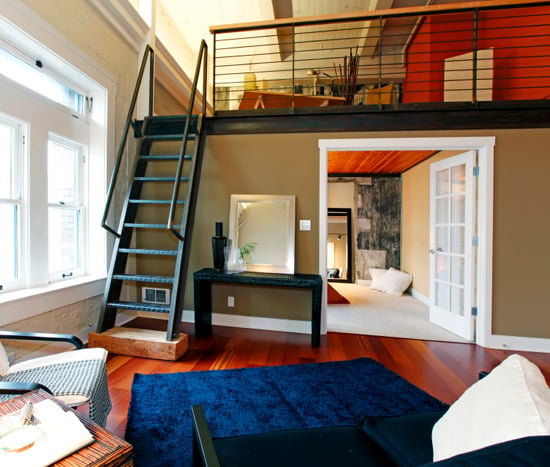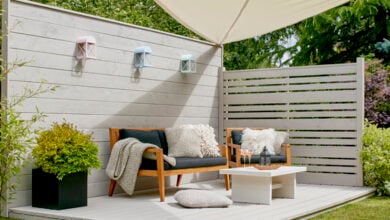Broken plan living: home trend
Move aside open plan living, there’s a new guy in town and he goes by the name of broken plan living. For the last few years, we’ve been in love with open plan and everything it embodied – making our smaller spaces look larger and more spacious. But don’t panic, adopters of the trend need not pack their bags to move out immediately.
Open plan with a twist

No, broken plan is an evolved version of open plan – open plan 2.0 if you will! It means keeping the things you love about open plan but adapting your approach to introduce an element of privacy by sectioning off areas. I’m a big fan. Having loved the idea of an open space, it soon became apparent to me that it wouldn’t gel with the way I live. Fellow neat freaks will know exactly what I mean when I say that I wouldn’t be able to ignore that stack of washed clothes that needs to be put away, or the trainers peeking around the corner. Friends have told me that they’ve had to work a lot harder to get “me time” too, often choosing to leave the house to get that break rather than relax in the one place where they should be able to close their doors and escape from it all.
Giving us what we want

Broken plan promises to fix this and is a direct result of our adoption of mobile devices. With more of us upping our smartphone and tablet usage, there’s a real need to have somewhere to use them, to not only speak without being overheard but to watch the TV shows we want to watch, while our partners or children watch a different show at the same time. I happen to think that our changing living arrangements are also playing a part, with multi-generational homes being on the rise.
Areas that work for you
The key to nailing a broken plan space lies in working out where you need privacy or zoned areas for practical reasons, and implementing solutions to give you exactly that.
If what you’ve read sounds appealing, why not check out my 6 ideas below to get you started:
1) If it’s an office area that you’re crying out for, think about simple divider screens to close off the space. They come in all sorts of colours and patterns, so you can be sure to find dividers that match your personal taste.
2) Bi-fold doors are a great choice for when you need the privacy that a floor-to-ceiling permanent wall would offer. They make for a great bedroom divider.
3) Introduce split levels, having a lounge on the lower floor and bedrooms on a higher level. It’s widely believed that differing levels operate on a psychological level, giving the feeling that your spaces are more separate than they are in reality.
4) For a further psychological divide, small steps can be a saviour. By having to walk down a series of two or three steps to get from the kitchen to the living room for example, you’re physically and psychologically giving yourself the distance between different functional zones that you crave.
5) If you dislike being watched while you cook, the classic serving hatch half-wall could be for you. Just peep through when you need or want to interact with other people and keep it firmly closed when you’re concentrating on your masterpiece.
6) Last but not least, you can arrange your furniture to block off an area, or place a bookshelf behind a sofa to enable you to relax without feeling like eyes are upon you. It’s a quick and easy way to try out broken plan living, requiring nothing more than half an hour of your time to transform your space.
Need help transforming your space? We can help you find a tradesperson to make your plans a reality.





I like his job